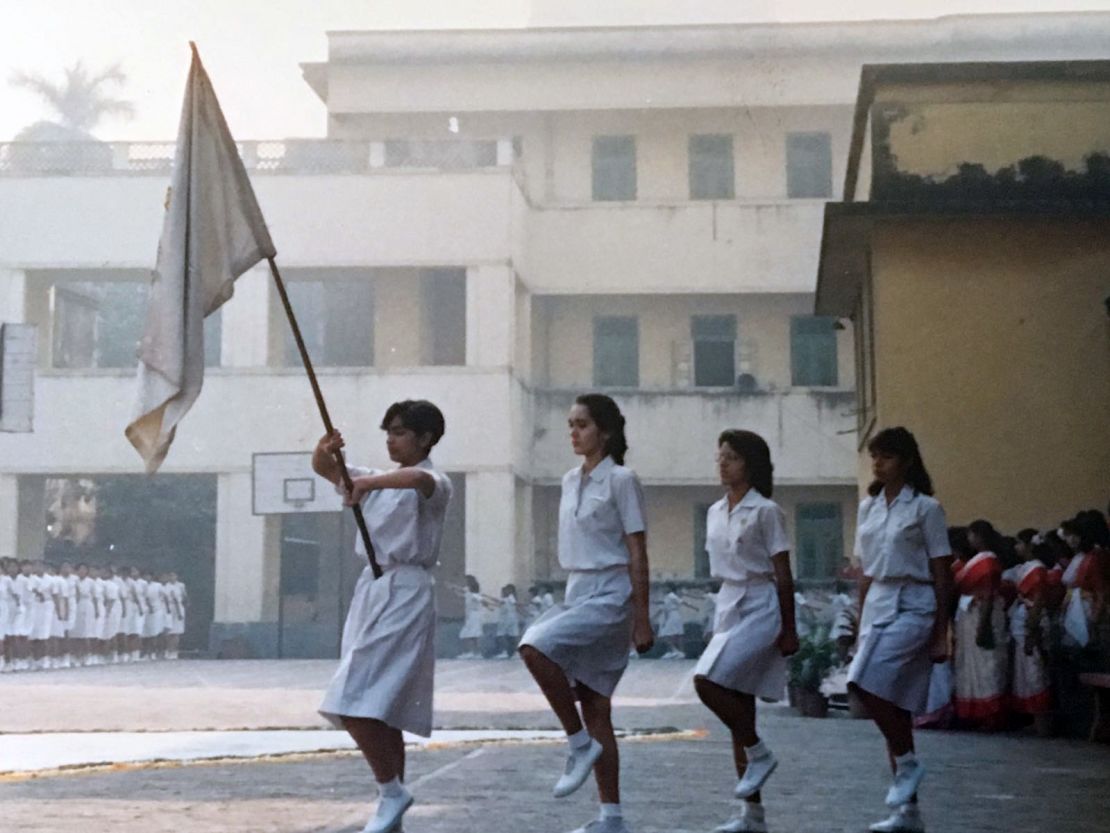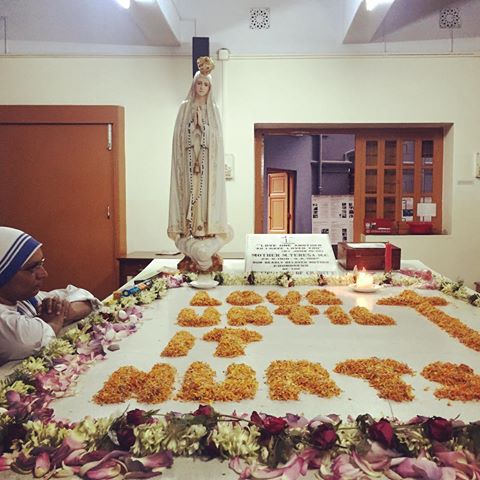This video was published in September, 2016 on CNN. You can watch it here.
I had a pretty ordinary childhood in the Indian city of Kolkata. I was part of a happy, healthy, close knit family. My sisters and I went to school, played some sport, hung out with our friends.
When we could, we tagged along with our mother when she did volunteer work. It had the reassuring rhythm of a routine life. Back then, I had no idea I was witnessing history, and the work of a saint, taking place.
My mother was, and still is, part of a group called the Co-Workers of the Missionaries of Charity.
It’s a community of local volunteers – largely women, of varying age and from different religions – who assisted Mother Teresa, and now her group of nuns, in any way they could.

My mother would go to Nirmala Shishu Bhavan, Mother Teresa’s shelter for abandoned babies and children, to tutor children who were being adopted by European families.
It would be helpful, the nuns felt, for them to know a little English before they started a new life abroad. Often, I’d go along with my mom and practice conversational English with them.
Each time, I was struck by a board outside the dormitory that listed the number of children inside.
There were always many more girls than boys – a stark reflection of India’s preference for boys over girls. As one of three daughters myself, it used to – and still does – fill me with sadness and disgust.
Yet, I remember feeling relieved at the same time. At least the babies who made it to Mother Teresa’s homes were being cared for and stood a chance.
I saw firsthand how well they were cared for – by the volunteers, the nuns and Mother Teresa herself.
Little, but a powerhouse
It was common for me to run into Mother Teresa at Shishu Bhavan. She was often just there – cradling a sick baby, feeding a child, patiently engaging a toddler tugging at her sari.
She was little, but a powerhouse of energy, darting from one end of the house to another with quick steps. I remember her deeply wrinkled face and sparkly eyes with which she made intense eye contact when she spoke to you. She had a tremendous presence.
As clichéd as it sounds, when she was in the room, it had a different energy.
Loreto House was my own school and run by the same order Mother Teresa was part of before she founded her Missionaries of Charity. There, she was often the subject of many conversations, art, essay and poetry competitions. I once wrote a poem on her, which my mother handed to her. The next time I saw Mother Teresa, she beckoned to me.
“Come here, come here,” she smiled and said, “I want to show you something.” She led me to a statue of Mary at Shishu Bhavan and there above it, was my poem – framed. By that, I mean, a sheet of paper with the unsure handwriting of a school student, inserted into a clear plastic packet, taped to a wall.
Then she did what she would always do, clasp my hands tightly in hers and say, “God bless you my child, God bless you”.
When people hear I am from Kolkata, which used to be known as Calcutta, the usual follow up is a knowing nod and, “Oh, Mother Teresa.”
Yes, it’s a city that’s become synonymous with Mother Teresa and as a result, instantly conjures up images of poverty, desperation, despair. It’s known for its slums and squalor. That hurts.
But, it’s also going to be known as the city that produced a saint. As a Calcuttan, I’m proud of that.
That’s my city. That’s home.

